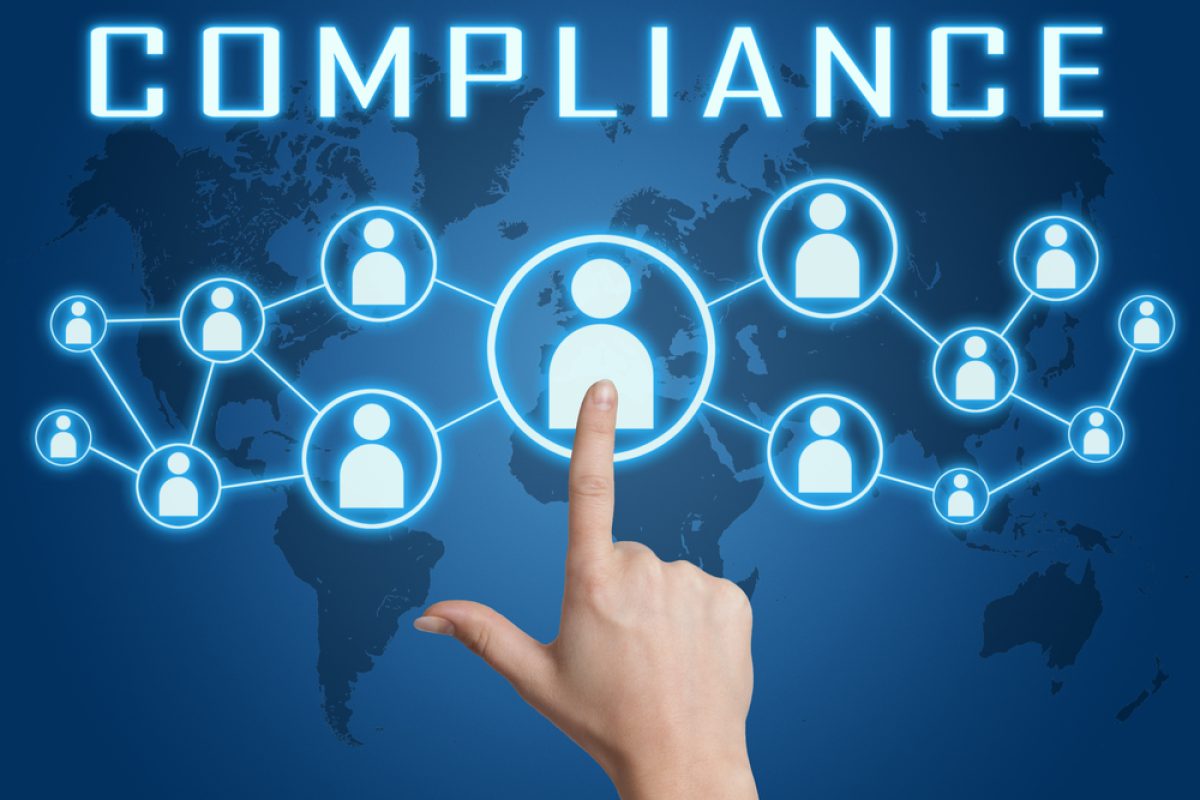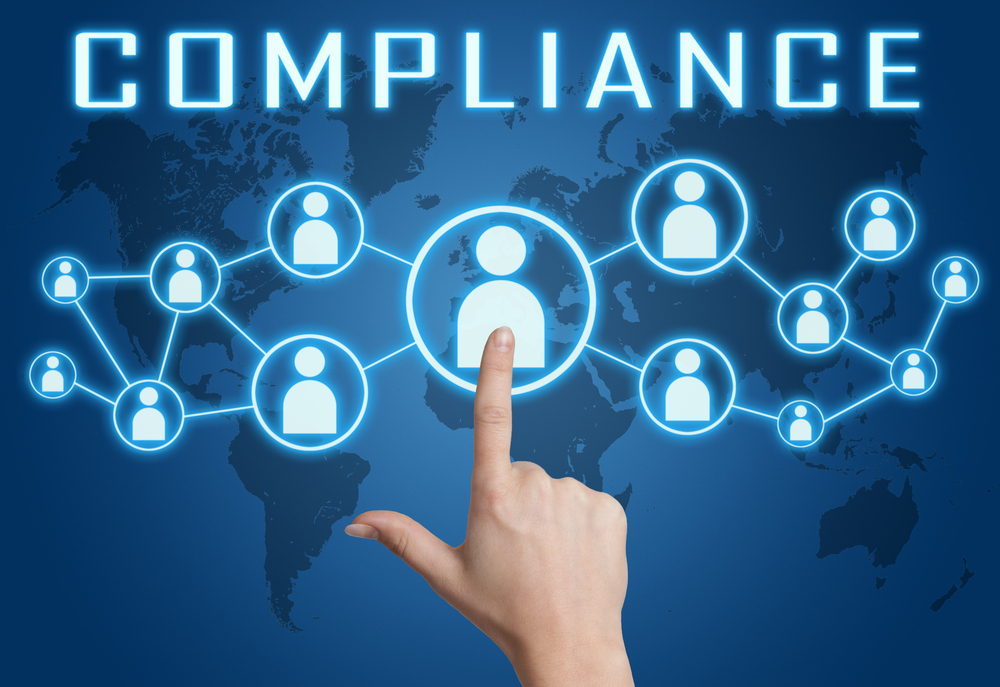Understanding Vehicle Import Regulations: Navigating Compliance and Safety Standards
Importing vehicles involves navigating a complex web of regulations and safety standards. Understanding and complying with these requirements is crucial to ensure a successful and legally compliant importation process. This article provides an overview of the various regulations governing vehicle imports, focusing on emissions requirements, crash testing, and compliance with local regulations. By gaining insights into these areas, importers can navigate the compliance landscape effectively.
- Emissions Requirements:
Emissions regulations play a significant role in vehicle importation. Different countries have specific standards regarding emissions levels, particularly for pollutants such as carbon dioxide (CO2), nitrogen oxides (NOx), and particulate matter (PM). It is essential to research and understand the emission requirements of the destination country to ensure that the imported vehicles comply with the prescribed limits. Compliance can involve obtaining emissions compliance certificates, retrofitting vehicles, or opting for low-emission vehicle models. - Crash Testing and Safety Standards:
Safety standards are another critical aspect of vehicle import regulations. Governments and regulatory bodies impose strict safety requirements to ensure that imported vehicles meet certain minimum safety standards. These standards encompass various aspects such as occupant protection, structural integrity, braking systems, lighting, and more. Importers should familiarize themselves with the safety standards of the destination country and ensure that the vehicles they import undergo the necessary crash tests and meet all applicable safety requirements. - Homologation and Type Approval:
Homologation and type approval refer to the process of certifying that a vehicle complies with all relevant technical and safety regulations. This process involves submitting the vehicle for testing and inspection to obtain the necessary certifications and approvals for importation. It is crucial to understand the specific homologation requirements of the destination country and work closely with authorized testing agencies or homologation authorities to ensure compliance. - Compliance with Local Regulations:
In addition to emissions and safety standards, imported vehicles must comply with various local regulations specific to the destination country. These regulations may include labeling requirements, lighting specifications, specific equipment or component restrictions, and other country-specific rules. Thorough research and understanding of these regulations are vital to avoid compliance issues and potential delays in the importation process. - Import Duties, Taxes, and Tariffs:
Importing vehicles often entails financial considerations such as import duties, taxes, and tariffs. These charges can vary significantly depending on the destination country and the vehicle’s specifications. Importers should research and understand the applicable import duties and taxes, including customs valuation methods and any preferential trade agreements that may affect the rates. Consulting with customs specialists or tax advisors can provide valuable guidance in managing the financial aspects of vehicle imports. - Working with Registered Importers and Customs Brokers:
Navigating the complex landscape of vehicle import regulations can be challenging. Engaging the services of Registered Importers (RI) or Customs Brokers can simplify the process and ensure compliance. Registered Importers are experienced professionals who specialize in vehicle imports and are well-versed in the regulations and procedures. They can provide guidance on compliance, assist with documentation, customs clearance, and ensure adherence to all safety and regulatory requirements.
Conclusion:
Understanding and navigating vehicle import regulations are fundamental to a successful importation process. Compliance with emissions requirements, crash testing, and local regulations ensures the legality and safety of imported vehicles. Importers must research and stay updated on the regulations of the destination country, work with trusted professionals, and ensure that vehicles undergo the necessary certifications and approvals. By prioritizing compliance and adhering to safety standards, importers can navigate the complex
regulatory landscape and import vehicles with confidence.






